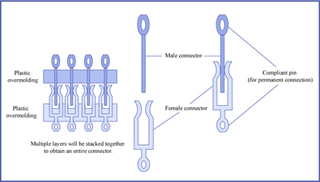Course Description
This course addresses the design of tribological systems: the interfaces between two or more bodies in relative motion. Fundamental topics include: geometric, chemical, and physical characterization of surfaces; friction and wear mechanisms for metals, polymers, and ceramics, including abrasive wear, delamination …
This course addresses the design of tribological systems: the interfaces between two or more bodies in relative motion. Fundamental topics include: geometric, chemical, and physical characterization of surfaces; friction and wear mechanisms for metals, polymers, and ceramics, including abrasive wear, delamination theory, tool wear, erosive wear, wear of polymers and composites; and boundary lubrication and solid-film lubrication. The course also considers the relationship between nano-tribology and macro-tribology, rolling contacts, tribological problems in magnetic recording and electrical contacts, and monitoring and diagnosis of friction and wear. Case studies are used to illustrate key points.
Course Info
Learning Resource Types
assignment
Problem Sets
grading
Exams
notes
Lecture Notes
assignment
Written Assignments

As electrical connectors become smaller and more dense, tribological design considerations of friction and wear are increasingly important. (Diagram by MIT OCW.)










